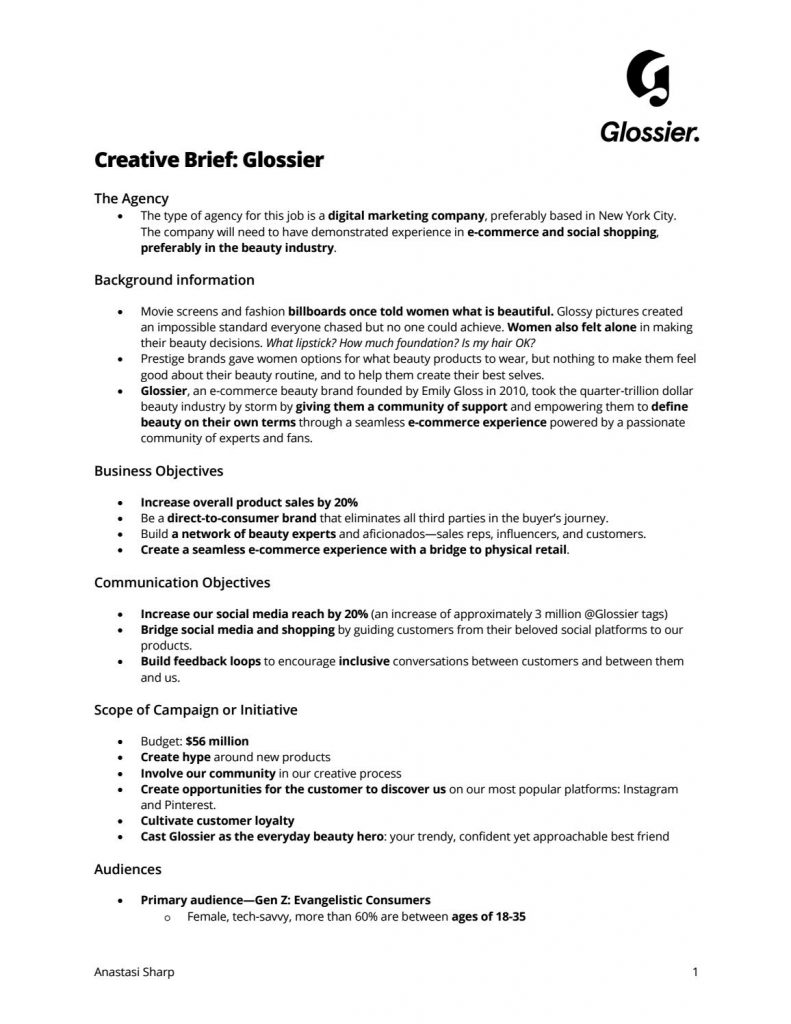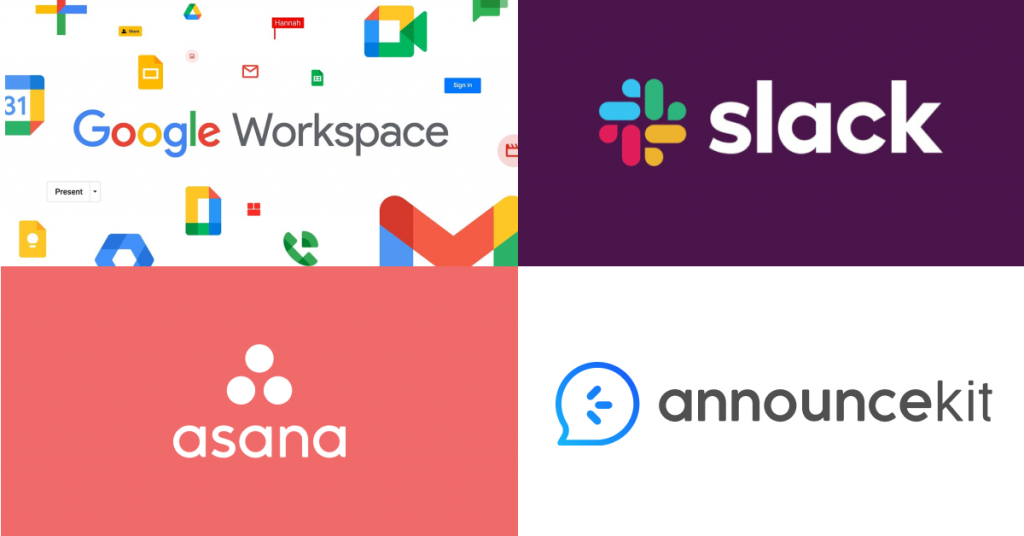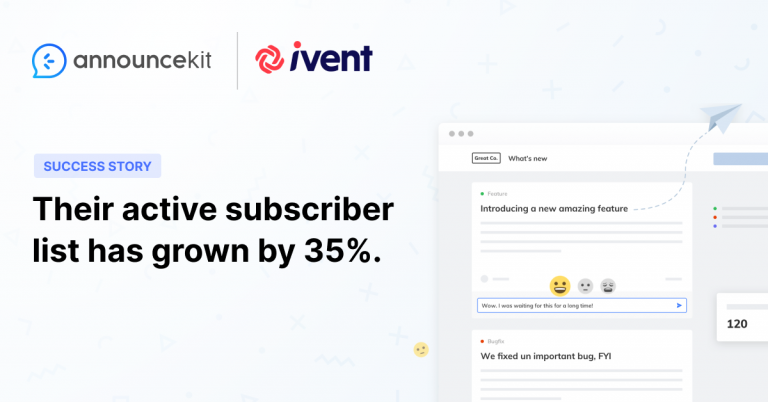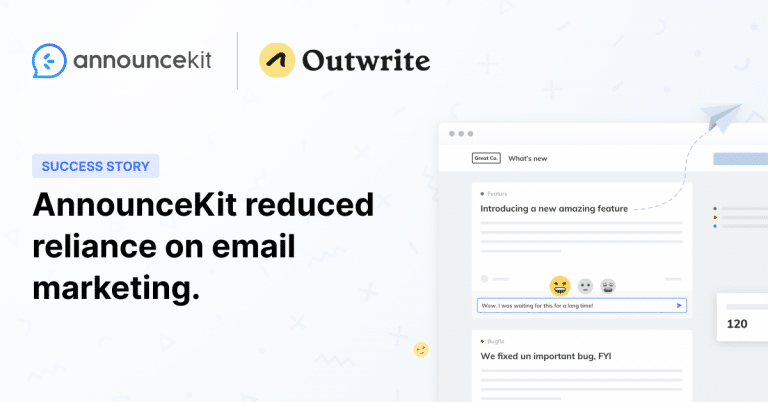You are well aware of every aspect of your new product as you anticipate its launch. You know the capabilities and features that you’ve worked on inside and out.
But what about your team? Are they as ready as you are?
The success behind an internal launch starts long before a product goes live. Before announcing a product externally, it’s vital to effectively communicate within your organization for a successful product launch.
Table of Contents
- Product Launch Internal Communication — What’s Involved?
- 5 Key Elements of Effective Product Launch Communication
- 5 Tips To Help Create Successful Internal Communication for a Product Launch
- What NOT To Do During Internal Product Launch Communication
- Preparing for a Successful Product Launch: Internal Communication Example
- Launch Day — Was Your Internal Product Communication Plan Successful?
Product Launch Internal Communication — What’s Involved?
Internal product launch communication refers to building awareness and excitement among company employees about major product launches.
Product launch communication plans involve communicating the details of the launch strategy with your company team, helping them understand their role in this strategy, and aligning them within a single message.

Why Proper Internal Communication Is Essential for a Product Launch
Strong internal communication for a product launch is just as important as your external marketing strategy.
If your team is unprepared, your launch won’t be as successful as possible. By having an internal product launch communication plan, you can properly coordinate with your team members, brief them before a product launch, and keep your entire team organized and on track.
5 Key Elements of Successful Product Launch Communication
Let’s go over the key ingredients of effective product launch communication.
#1: Information
How and what you communicate with your employees may rely on each team member’s role in the plan.
You don’t want to take Susan from accounting’s time up by CCing her in an email about development unless the information is essential for her role. You can plan accordingly, but your product launch team should be informed of critical points such as:
- Launch objectives
- Target audiences
- Key messages and positioning statements
- Problems where the product or service is the solution
- Product description
- Key activities, schedules, and timelines for the launch
- Ongoing awareness campaigns and lead generation
Things like pricing details would be most relevant to your channel partner’s sales and sales teams, while your marketing team should have a frame of reference for promotional activities.
2: Timing
Product managers and leadership should also ensure that everyone involved has the resources they need at all times during the product launch process. The five primary stages of a product launch include:
- Initial planning: Setting goals and metrics, understanding your target market, product positioning, etc.
- Pre-launch: Content development, developing sales training, planning key launch events, engaging in marketing activities, etc.
- Sales and channel partner launch: Providing training and tools to salespeople, distributors, and the marketing team
- Launch day: The public unveiling of the product or service, gathering initial feedback through product concept testing, etc.
- Post-launch: Evaluating metrics, gathering prospective client feedback, establishing an impactful lead generation and marketing plan
#3: Channels
Multiple channels are key to effective communication and getting your message across. The channels you use may vary depending on your internal audience.
For example, salespeople might prefer in-person or Zoom meetings. In contrast, engineers would rather have everything facilitated through email.
Ask your team members which methods of communication they prefer, but consider using at least one secondary channel for reinforcement.
Choice methods of communication might include:
- Email or instant message notifications
- Town hall-style meetings
- Intranet or internal social media sites
- On-screen messages or banners in the break room
#4: Language
Avoid technical jargon when communicating with your sales or marketing team. Don’t use marketing buzzwords when talking to your dev or engineering team. As a team leader, you should be able to code-switch depending on which department you are talking to.
When talking to everyone, generalize your key messages and use language they can all understand.
#5: Support
After your internal launch, it is vital for ongoing communications to remain transparent and all communication to be as clear as it was during pre-launch. Hold regular meetings and take time to speak to your teams about the product launch plan/progress while offering to answer any possible questions. Make communication fun by hosting company-wide events to celebrate the launch while also providing updates.
Sharing customer feedback will be central to keeping your team motivated and informed about your product’s performance and impact. The only way to do that is to elevate platforms that facilitate customer feedback.
AnnouceKit is the key tool for announcing launches, getting customer feedback, and showcasing your product’s roadmap. Learn more about our all-in-one solution for announcing your product or service at any phase of the project or launch.

Quick Setup, Easy to Use, and Many Integrations
Manage your product announcements from a single place and easily distribute them
across multiple channels.
5 Tips To Help Create Successful Internal Communication for a Product Launch
#1: Reinforce the Objective of The Launch

When communicating internally, revealing the key points of the overall message provides team When communicating internally, revealing the key points of the overall message provides team members with a strong idea of the ultimate goal. It enables them to move forward with your product launch strategy.
The key messaging points of the launch should include:
- Descriptive documentation
- Problems the product is meant to solve
- Expectations from the team—feedback, suggestions, testing, etc.
- Target audience
- Plans and timelines for the launch
If you can highlight these key points in your objective, your team members will understand the essential information about the product launch.
#2: Use Different Approaches for Various Departments
The success behind an internal launch starts long before a product goes live — it begins with successful internal communication about the launch with your team.
While you provide information to the entire company, your approach to the different departments may differ. Your sales team needs to know about features and pricing. Your marketing team should decide on promotions and campaigns. You should provide your product team with detailed information about everything.
Each department requires different types of communication. Therefore, identifying company teams and focusing on each department with varying systems, purposes, and cultures is important while communicating internally.
Consider separating your teams in the following way:
- Marketing Team
You should provide your marketing team with the details on the overall value and benefits of the product — marketing campaigns, promotional materials, use cases, etc. so that they can create new campaigns and materials.
- Customer Support Team
Your customer support team should be trained on features and functionalities including but not limited to any documentation, possible malfunctions, etc. so they can support customers in any case.
- Sales Team
Create awareness around features and benefits — feature lists, pricing, prospects, etc.
- Product Team
Product teams need to be in the know about almost everything, from messaging to details of the launch.
#3: Understand Your Internal Communication Systems

You may use communications tools like Slack, Discord, Zoom, or all-in-one workspace tools like Notion or Asana.
Whatever you use, it doesn’t really matter. They all have one thing in common: they allow you to communicate efficiently and quickly. What’s important is to choose an internal communication channel that sends your message and any relevant information across your company properly.
Chat Tools
Chat tools are great for internal communication feedback, suggestions, testing, and more.
Your company can use these internal communication tools during a product launch to announce every remarkable step or any critical change concerning the launch.
For these purposes, using Slack, Discord, or other similar services will ensure more efficient and quick discussions about the product launch.
Release Notes Tools
Release notes are also useful for product launch internal communications. They provide descriptive documentation, a product brief, and any changes or updates concerning the launch.
Release notes software for product update announcements like AnnounceKit can help make your internal communication much more efficient.
Workspace Tools
Workspaces provide a greater capacity to plan, communicate, share, and practice.
You can use Notion, Asana, or Google Workspace for many purposes, such as providing documentation, chats, meetings, and calendars to communicate internally during product launches.
#4: Map Out Your Timing
Timing for an internal product launch is as important as it is for a public launch. You should properly define the timeline from internal to external launch for your team and product to be successful. This will give your teams time to schedule, plan, test, and practice their strategies.
Define product launch stages well and schedule the dates. This can be divided into five stages:
- Initial planning stage
- Pre-launch stage
- Demo launch stage
- Launch stage
- Post-launch
#5: Execute a Demo Launch
Providing a demo launch for your team before the official launch is essential. It helps your team test the product, review their plans, see the missing points, give feedback, and evaluate the overall process — all of which will help you prepare for the launch day.
What NOT To Do During Internal Product Launch Communication
We’ve mentioned our top tips to help successfully communicate internally about your product launch, but is there anything you should avoid doing? Absolutely. Here’s a quick list of things to avoid.

DON’T Send Irrelevant Information
Stakeholders want to know several things and be able to get their part done efficiently. Too much information can leave them feeling disengaged and even overwhelmed. Avoid providing unnecessary information so that the proper teams:
- Know their part in the product launch.
- Can take the appropriate actions.
DON’T Use Unnecessary Jargon and Systems
This is more of a reminder based on what we mentioned earlier. Keep in mind who you are communicating with internally. Your IT team may use different language than your marketing, customer service, or sales teams.
Don’t assume every department understands or uses the same vocabulary.
Product launch communication, especially internally, means paying attention to how you’re communicating. Use the language each department speaks.
This can also apply to the documents you send. It’s best not to assume that one calendar, file, or campaign will work for everyone involved in the product launch. Each department may need different information. Don’t be afraid to send out your message in various ways.
DON’T Stick to Just One Communication Medium
Your IT department may prefer emails for internal communication for a product launch, while your customer service department may have better luck communicating more efficiently with a medium like Slack.
Preparing for a Successful Product Launch: Internal Communication Example ;
Let’s review what we have discussed so far with a simple internal launch example we prepared for you.
Ideally, your internal product launch communication plan is broken down into a product launch calendar. This can help you, and the various teams working on your launch, visualize each milestone.
| Positioning: | (Provide product brief that covers the key messaging) | ||||
| Purpose: | (Problem statement the product is meant to solve) | ||||
| Audience: | (Target audience for the product) | ||||
| Timeline: | (Set dates for product launch stages) | ||||
| Launch Date: | (Set a date for the launch) | ||||
| Meeting Schedule | |||||
| Departments | Details | Medium | Day | Time | |
| Sales Team | Provide feature list, pricing, and prospects | Release Notes | Mon | 8 AM | |
| Marketing Team | Focus on marketing campaigns and promotional materials for the target audience | Chat Tools | Wed | 1 PM | |
| Customer Support Team | Talk about documentation, target audience, and every possible malfunction | Workspaces | Tue | 3 PM | |
| Product Team | Discuss every detail of the product | Online meeting tools | Fri | 9 AM | |
Whether you choose to create a spreadsheet, a calendar, or both, ensure that everyone who is involved in the product launch understands:
- Their role
- Their deliverables
- Any necessary meeting times
- Due dates
Launch Day — Was Your Internal Product Communication Plan Successful?
Internal communication is essential for a successful product launch and by focusing on the points we laid out, you can coordinate with your team more efficiently and successfully manage internal communication for the product launch.
Now for the exciting part!
Your team is all set to maintain the product launch process.
What about after launching the product? You will need to announce product updates.
A tool like customizable release notes software can help your team accomplish a successful product launch internally and externally.
AnnounceKit makes it easier for teams to announce product launches, software updates, and enhancements while building customer trust and generating excitement. Learn more about how we can help your company communicate effectively.

Quick Setup, Easy to Use, and Many Integrations
Manage your product announcements from a single place and easily distribute them
across multiple channels.







